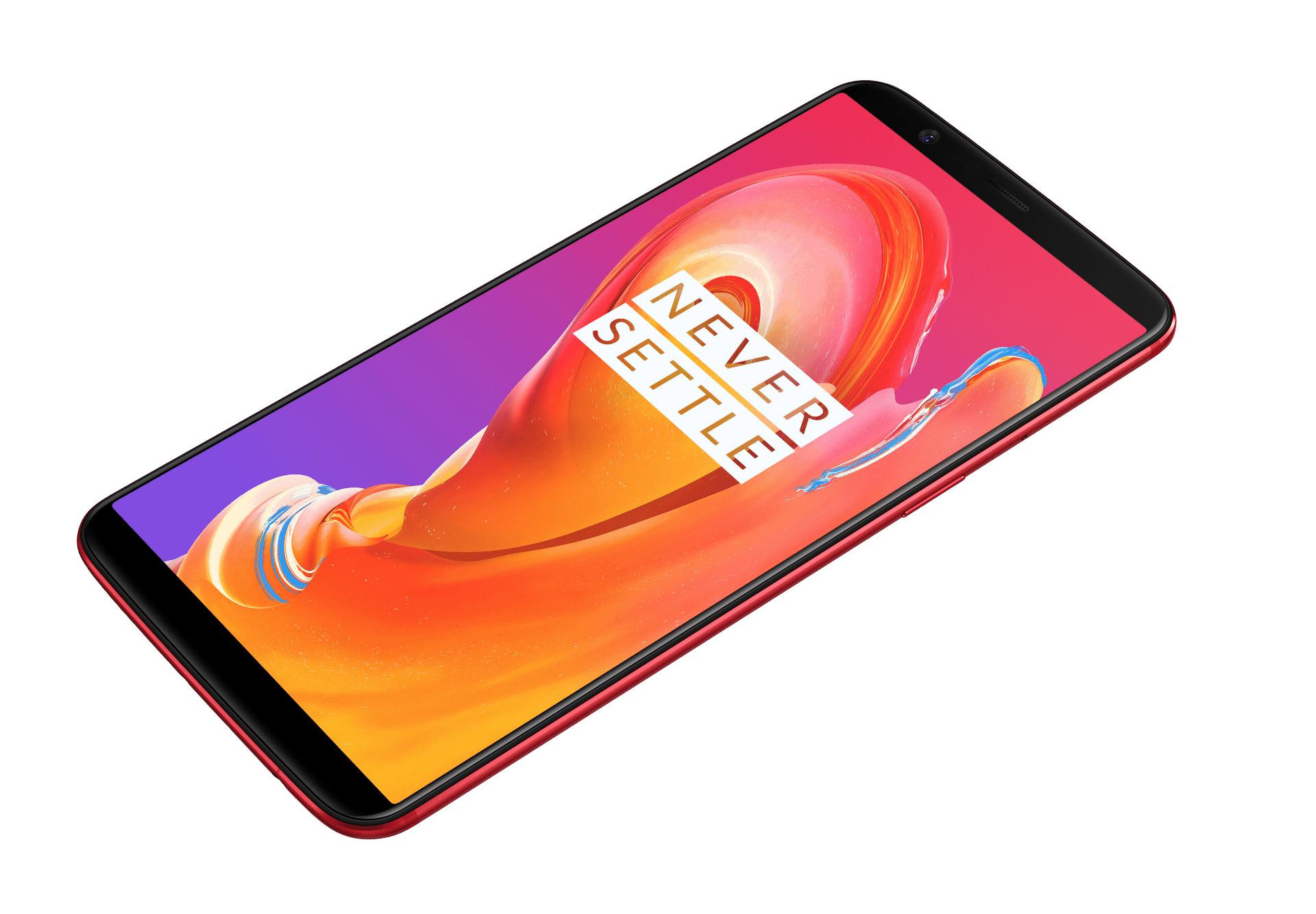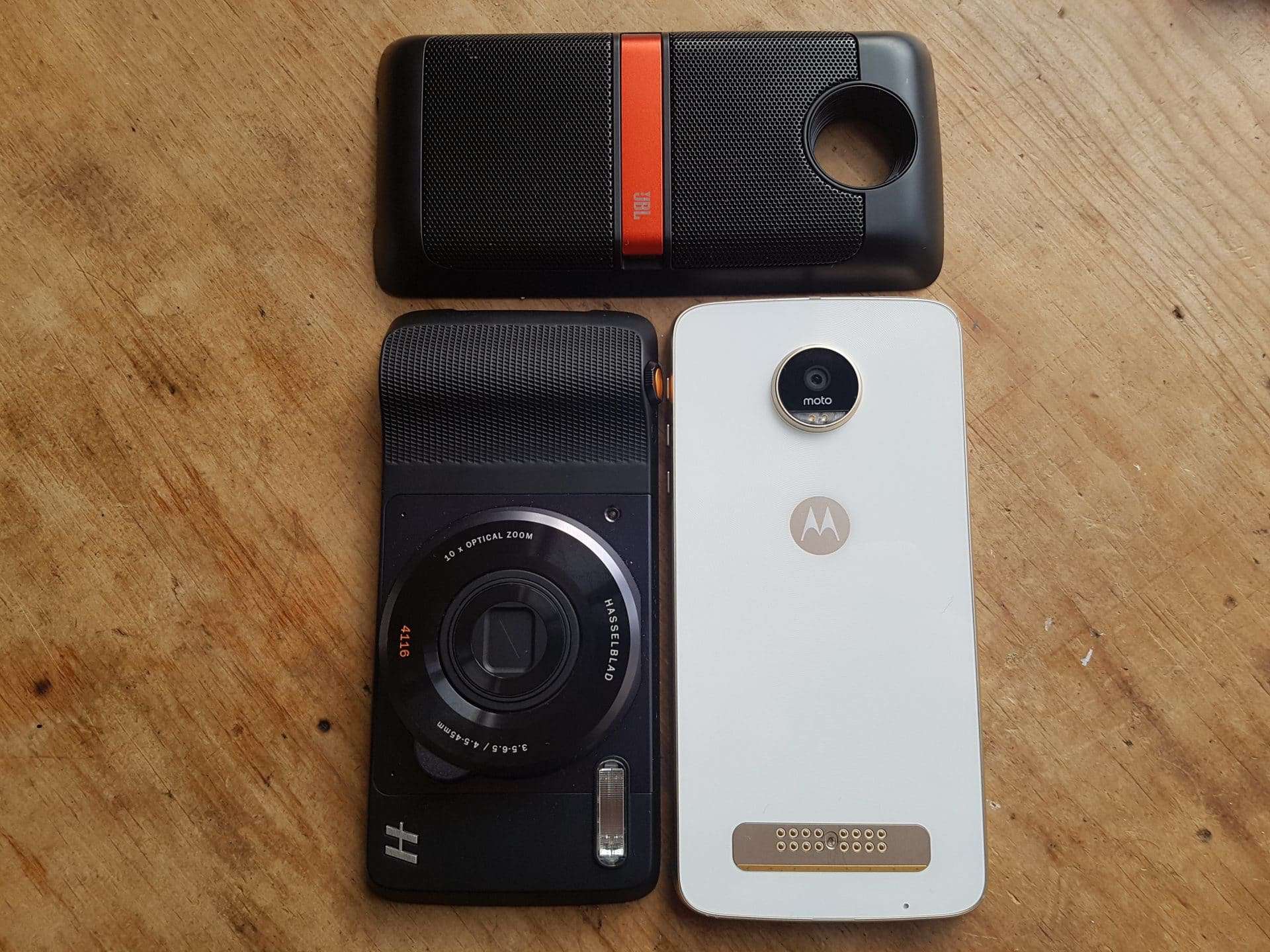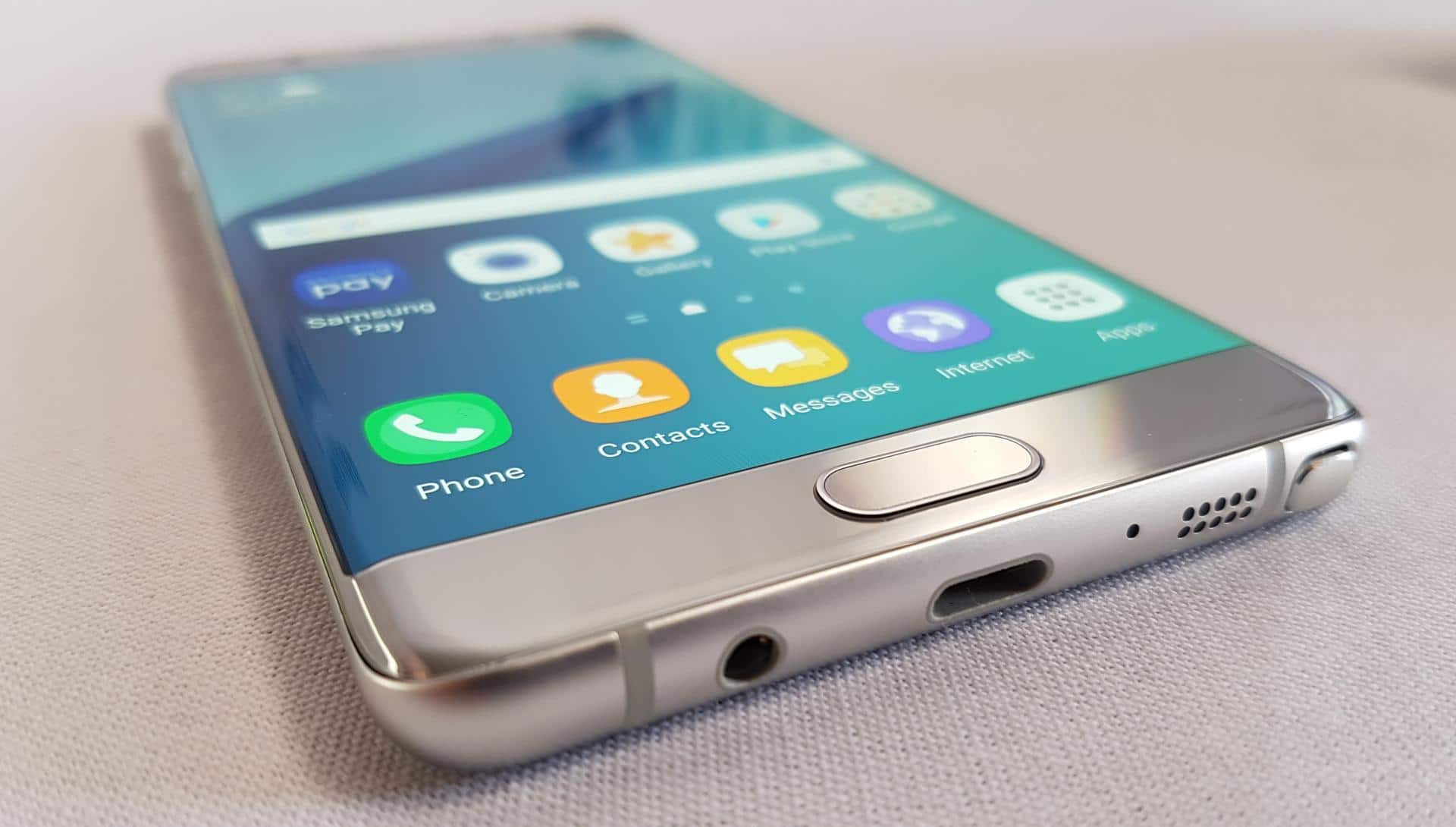Choosing the right smartphone can be overwhelming, especially with so many options available in the market. As a fellow smartphone enthusiast, I understand how important it is to find a device that fits your needs and preferences. Here are some factors that I’ve found helpful when making my own purchase decisions:
Finding the Perfect Smartphone for You
- Budget: First, determine your budget and stick to it. There are plenty of fantastic options available under £/$100 that offer great value for money.
- Operating System: Android or iOS? This choice comes down to personal preference and what you’re comfortable with, so think about which system you prefer using. It’s not much of a competition though, if you’re on a limited budget – Android will get you a lot more for your cash.
- Screen Size and Display Quality: Consider what screen size and display quality will be best for your needs, such as watching videos, playing games, or reading e-books.
- Camera Quality: If you love capturing memories through photos and videos, prioritize a smartphone with a solid camera system.
- Battery Life: As we pretty much all know, there’s nothing worse than a phone dying in the middle of the day. Make sure the phone you choose has enough battery life to keep up with your daily activities.
- Storage Capacity: Think about how much storage you’ll need for your apps, photos, music, and more.
With these factors in mind, you’ll be well-equipped to find the perfect smartphone that fits your lifestyle without breaking the bank.
Affordable Smartphones from Big Name and Alternative Brands
In addition to the Android handsets mentioned above, there are several other budget smartphones on the market that offer fantastic value. Here are some options from other brands that have caught my attention:
Samsung Galaxy A10
The Samsung Galaxy A10 is an impressive budget option priced at around $120. With its 6.2-inch HD+ display, 13MP rear camera, and 3400mAh battery, I found it to be a great choice for everyday use. Plus, it runs on Android 9 Pie with One UI skin on top and features an octa-core Exynos 7884 processor.
Nokia 5.3
Nokia is known for producing durable and reliable phones, and the Nokia 5.3 doesn’t disappoint. At approximately $150, this budget smartphone offers a sizable 6.55-inch HD+ display, quad-camera setup with a 13MP main shooter, and a long-lasting 4000mAh battery – all qualities I appreciate in a device.
Xiaomi Redmi Note 8
Xiaomi has been gaining popularity for its affordable yet feature-packed smartphones. The Redmi Note 8 really caught my eye with its large 6.3-inch Full HD+ display, quad-camera setup featuring a massive 48MP primary lens, and powerful Snapdragon 665 processor – all for just around $160.
Realme C15
Realme C15 is an affordable gem with a huge 6.5-inch HD+ display and a whopping 6000mAh battery that promises long-lasting usage. Priced at approximately $130, it also includes a quad-camera setup with a 13MP main lens for capturing quality photos – perfect for any photography enthusiast on a budget.
Motorola Moto G Power
The Motorola Moto G Power is another budget-friendly option that impressed me. It boasts a large 6.4-inch Full HD+ display, triple-camera system with a 16MP main sensor, and an amazing battery life thanks to its substantial 5000mAh battery. All this can be yours for around $200.
These are just some of the remarkable budget smartphones available in today’s market that offer great value for money. By doing your research and considering your personal needs and preferences, you’re sure to find a smartphone that’s perfect for you without breaking the bank.
Tips on How to Extend the Lifespan of Your Smartphone
To make the most out of your budget smartphone, it’s essential to take care of it properly. Here are some tips that can help extend the lifespan and maintain the performance of your device:
- Use a Protective Case and Screen Protector: Accidental drops and scratches are inevitable, so invest in a good-quality case and screen protector to minimize damage.
- Keep Your Phone Clean: Regularly clean your phone’s exterior using a microfiber cloth and avoid exposing it to dust, moisture, or extreme temperatures.
- Update Your Software: Ensure that your phone’s software is up-to-date by installing security patches and system updates as they become available.
- Monitor App Usage: Uninstall unused apps, clear app cache, and disable background data for non-essential apps to prevent them from consuming resources unnecessarily.
- Optimize Battery Life: Adjust display brightness, turn off location services when not in use, and enable power-saving modes to conserve battery life.
- Avoid Overcharging: Remove your phone from the charger once it reaches 100% to prevent overcharging, which can damage the battery over time.
- Backup Your Data Regularly: Perform regular backups of your data (photos, contacts, etc.) to prevent loss in case of device malfunction or failure.
By following these simple yet effective tips, you can maximize the longevity of your budget smartphone while enjoying its features for years to come.
Outright Purchase vs. Contract: Weighing the Cost Differences
To make the most informed decision when purchasing a budget smartphone, it’s important to understand the financial implications of buying a phone outright versus getting one on contract.
Buying Outright
When you buy a smartphone outright, you pay for the entire cost of the device upfront. This option can be more cost-effective in the long run as it allows you to choose your carrier and plan without being locked into an expensive contract. Additionally, owning your phone outright gives you more flexibility to switch carriers or sell your device if needed.
Pros:
- No long-term commitment
- Freedom to choose any carrier or plan
- Easier to sell or upgrade your device
- Potentially lower overall cost
Cons:
- Higher upfront cost
- Responsibility for repairs or replacement costs
Getting a Phone on Contract
Purchasing a phone on contract means signing up for a specific carrier’s plan, typically lasting 12 to 24 months. The cost of the handset is often subsidized by the carrier and included in your monthly bill, making the initial investment lower than buying outright. However, contracts usually come with higher monthly fees and may include early termination fees if you decide to switch carriers before fulfilling your agreement.
Pros:
- Lower upfront cost
- Carrier support for repairs and replacements
- Potential access to exclusive deals and promotions
Cons:
- Long-term commitment
- Limited freedom to change carriers or plans
- Possible higher overall costs due to monthly fees and potential early termination penalties
By understanding these key differences between buying a smartphone outright and getting one on contract, you can make an informed decision that best suits your budget and preferences.







